‘Being with’ art that raises our collective consciousness
Green rivers, melting glaciers: The scale is grand, but the experience is for the people

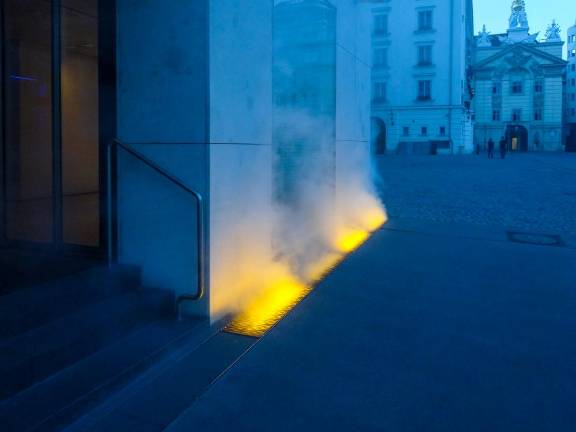
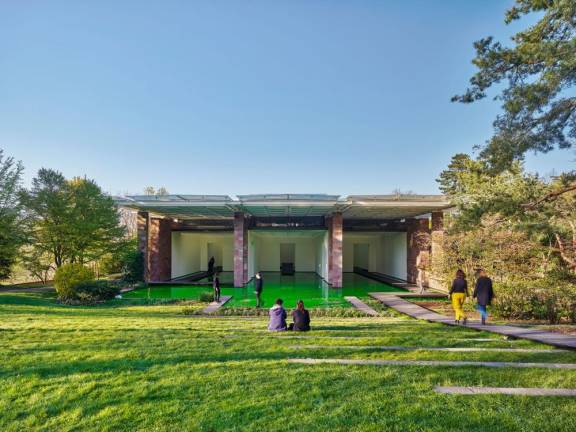
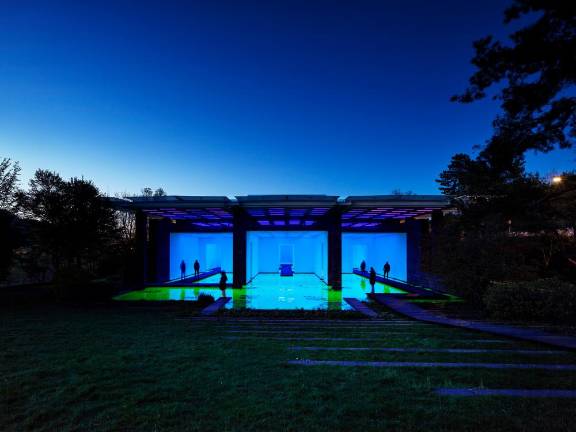
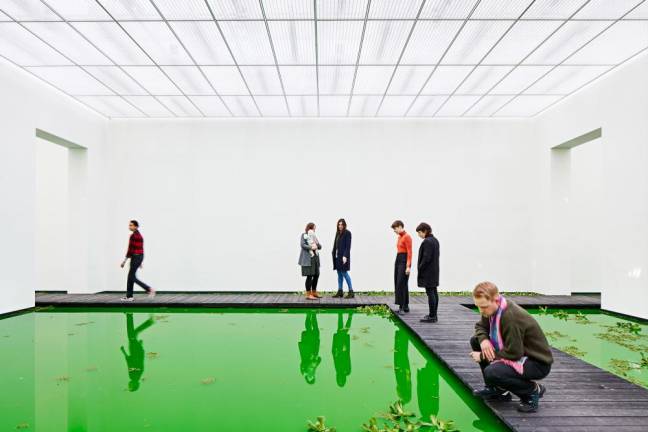
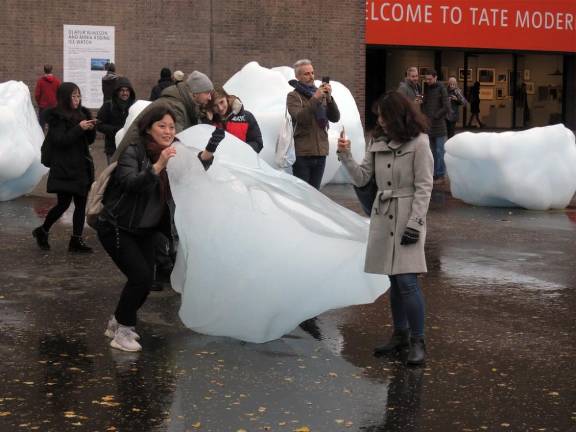
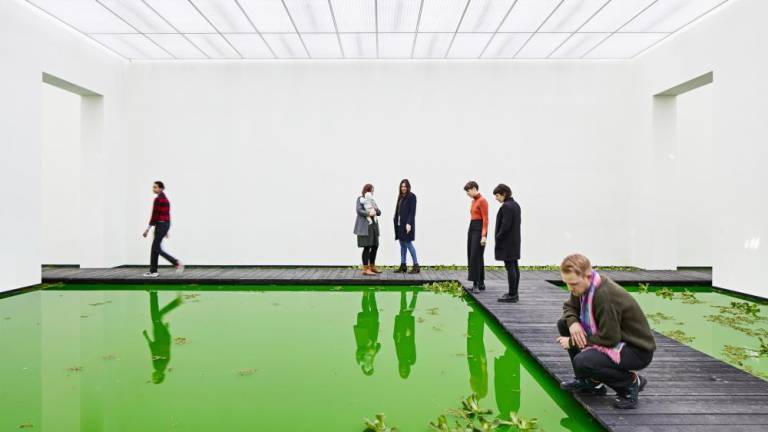
I have been crushing on Olafur Eliasson (b. 1967 in Copenhagen, Denmark) since my undergraduate days at art school. Eliasson is a beautiful and brave artist whose appreciation of the natural world started as a child during times when he accompanied his father, a painter, into the mountains. Those early excursions formulated his awe of the Icelandic landscape, a geography barren of trees and, as he describes it, more reminiscent of the moon. Since those formative experiences, he went on to make a worldwide name for himself through his prescient large-scale, environmentally conscious art projects that invite active participation with the work. Over the decades our encounter with Eliasson’s art has always been crucial to the greater dialogue taking place around climate change, and his projects continue to resonate with powerful themes that concern our shared planet.
Known for an outstanding body of work that includes sculptures, paintings, photography, film and conceptual installations in public spaces, Eliasson’s art often explores the relationship between the natural world and humanity through atypical materials, notably ephemeral elements such as light, water, air temperature, rocks and dirt. His work has been exhibited at esteemed museums and institutions around the globe and he has created numerous permanent installations and site-specific works, including The Parliament of Reality (2009), a fixed outdoor installation at Bard College in Upstate New York.
In recent years, Eliasson’s art has become increasingly focused on mankind’s impact on the environment. He employs his art as a tool for investigating the cognitive and cultural conditions that influence our perception, and his most impactful works recontextualize basic natural phenomena – such as luminosity or fog – for viewers to experience on a deeply personal level. Going beyond the traditional museum or gallery space, Eliasson’s artworks are often interventions in civic spaces that address issues of sustainability and environmental devastation. He is also keen to engage on these matters with wider audiences, such as his participation in the Harvard University Center for the Environment seminar in 2021, where he discussed the ways in which he uses his art to make the idea of climate change a tangible experience that people can see and feel.
One profound example of this is his Ice Watch (2014 – 2018) installation. With this work, Eliasson investigated the relationship between bodily reactions and ice – as art – to raise awareness. Installing enormous blocks of ice in various public locations, including Copenhagen (2014), Paris (2015) and London (2018), the artist employed this natural material to comment on the unsettling ecological crisis in our midst. Compelling images of these installations can be found on Eliasson’s website and visions of diverse audiences as they encountered this work are emotionally moving. Moments of people sincerely holding, kissing and embracing the fading chunks of raw permafrost serve as a vital reminder of our precious conditions, where the act of “being with” art raises our collective consciousness and compassion for Mother Earth.
In other projects such as Green river (1998), Eliasson promotes his concern for climate issues in a radical performative effort. First conducted as a site-specific piece during the Berlin Biennale in 1998, Eliasson scattered a readily available nontoxic green powder into Spree River near the famous Museum Island area in Berlin, dyeing a portion of the river an alarming fluorescent green. This artistic action was done intentionally to rattle passersby, and effectively disturbed people into thinking that the water had been tainted. He went on to execute his green river series in various countries around the world, including Norway, Sweden, Japan and the United States.
Eliasson’s carefully executed artworks also express his knowledge and love of geometry, architecture, space, and atmospheric density. With these universal concepts and realms of insight as the foundation for his work, he continues to create sophisticated projects that are simultaneously approachable and intriguing for viewers from all walks of life, especially as a creative comment on the sobering realities of climate change. His latest site-specific work, Your Daylight Destination (2023), is for a location on the coastline of Silecroft, England. Eliasson will create a 98-foot-long installation that will mirror the sky when the tide is low. He describes this piece as a contemplative artwork that invites self-discovery in a deep-time perspective.
“The great strength of not just art but culture,” Eliasson comments, “is this ability to be inclusive and to essentially reflect people’s emotional need.” He goes on to say: “You don’t have to be a professional to have an opinion about a rainbow.” Eliasson’s projects invite visitors to participate in a natural choreography between art and existence through his considerate reflections on the pressing matters that face humanity today.